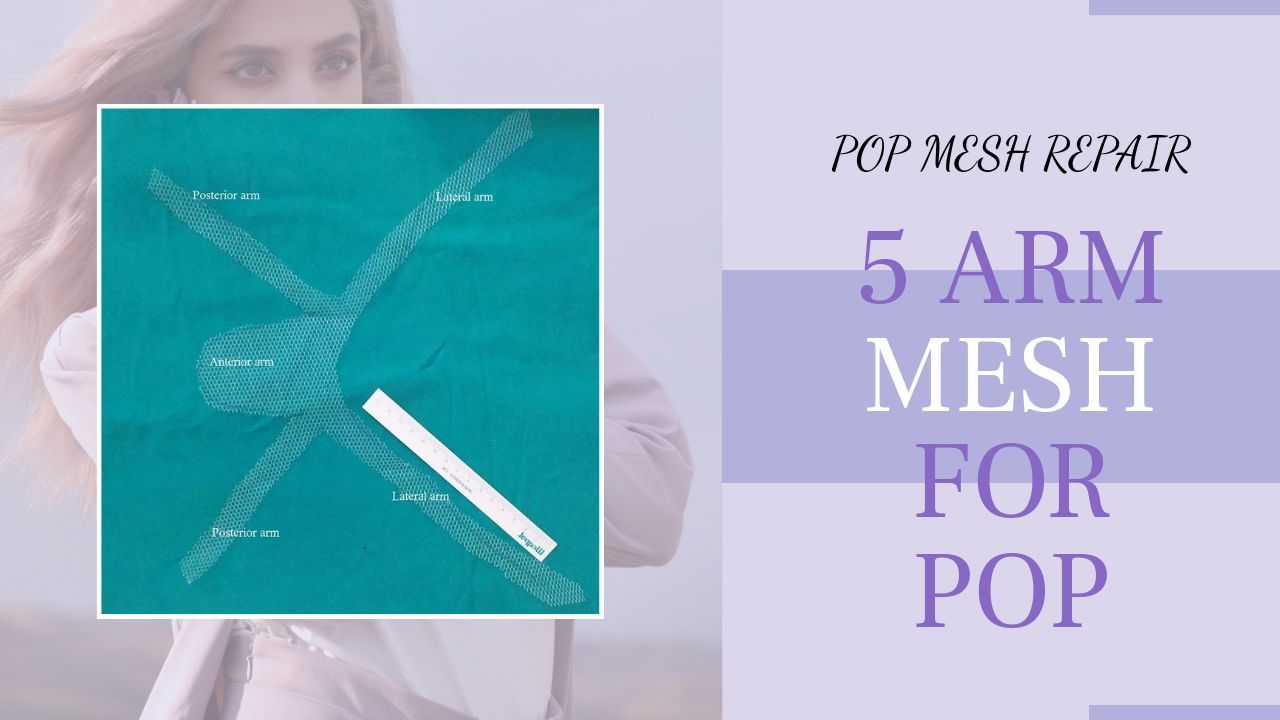Eren Akbaba & Burak Sezgin
BMC Women's Health volume 21, Article number: 244 (2021)

Pelvic organ prolapse, a kind of pelvic flooring disorder, can affect many females. As a matter of fact, one-third of all ladies are influenced by prolapse or comparable problems over their lifetime.
What Is a Pelvic Floor Disorder?
The "pelvic flooring" is a group of muscle mass that forms a kind of hammock throughout your pelvic opening. Normally, these muscle mass as well as the tissues bordering them maintain the pelvic organs in position. These body organs include your bladder, womb, vaginal area, small bowel, and also anus.
Sometimes, these muscular tissues and also tissue develop problems. Some ladies establish pelvic floor problems adhering to childbirth. And also as females age, pelvic body organ prolapse and also various other pelvic flooring disorders come to be much more common.
When pelvic floor disorders establish, several of the pelvic body organs might quit working properly. Problems associated with pelvic flooring conditions include:
- Pelvic body organ prolapse
- Urinary system incontinence
- Anal incontinence
What Is Pelvic Organ Prolapse?
" Prolapse" refers to a descending or sagging of organs. Pelvic organ prolapse describes the prolapse or drooping of any one of the pelvic floor organs, including:
- Bladder
- Womb
- Vaginal canal
- Little bowel
- Rectum
In study done by Eren Akbaba & Burak Sezgin
The laparoscopic lateral suspension (LLS) is a laparoscopic technique used to treat pelvic organ prolapse (POP) in apical and anterior compartment defects with the use of a synthetic T-shaped mesh graft. The posterior compartment is repaired using a second mesh or a procedure along with LLS, such as posterior colporrhaphy. The aim of this study was to evaluate the clinical results of LLS for POP using a five-arm mesh instead of a T-shaped mesh graft to repair the defect of the posterior compartment in addition to the apical and anterior compartments.
Methods
Data from 37 patients with a diagnosis of advanced-stage (≥ 3) POP undergoing LLS with the use of a five-arm mesh were retrospectively analyzed. Pre-operative and post-operative examinations and, surgical outcomes were determined. The results of measurements and examinations, reoperation rates, erosion rates, lower urinary tract symptoms, and complications were analyzed. The Prolapse Quality of Life Questionnaire (P-QOL) was also used.
Results
The median postoperative follow-up was 20 (13–34) months. There was a significant improvement in POP-Q scores in all treated compartments, with overall objective cure rates of 94.5% for the apical compartment, 86.4% for the anterior compartment, and 91.8% for the posterior compartment. The median operative time was 96 (76–112) minutes. The median length of hospitalization was 2 (1–3) days. A significant improvement in the vaginal bulge, urinary urgency, incomplete voiding, urinary frequency, and constipation was observed after surgery. The sexuality among patients increased from 13 (35.1%) preoperatively to 22 (59.4%) postoperatively. De novo stress urinary incontinence developed in 7 (18.9%) patients. The P-QOL scores improved significantly after surgery.
Conclusions
In advanced-stage POP patients, the posterior compartment damage can also be repaired in LLS with the use of a single five-arm mesh without the need for an additional procedure, and the recurrence rate can be reduced.
| Older Post | Home | Newer Post |

